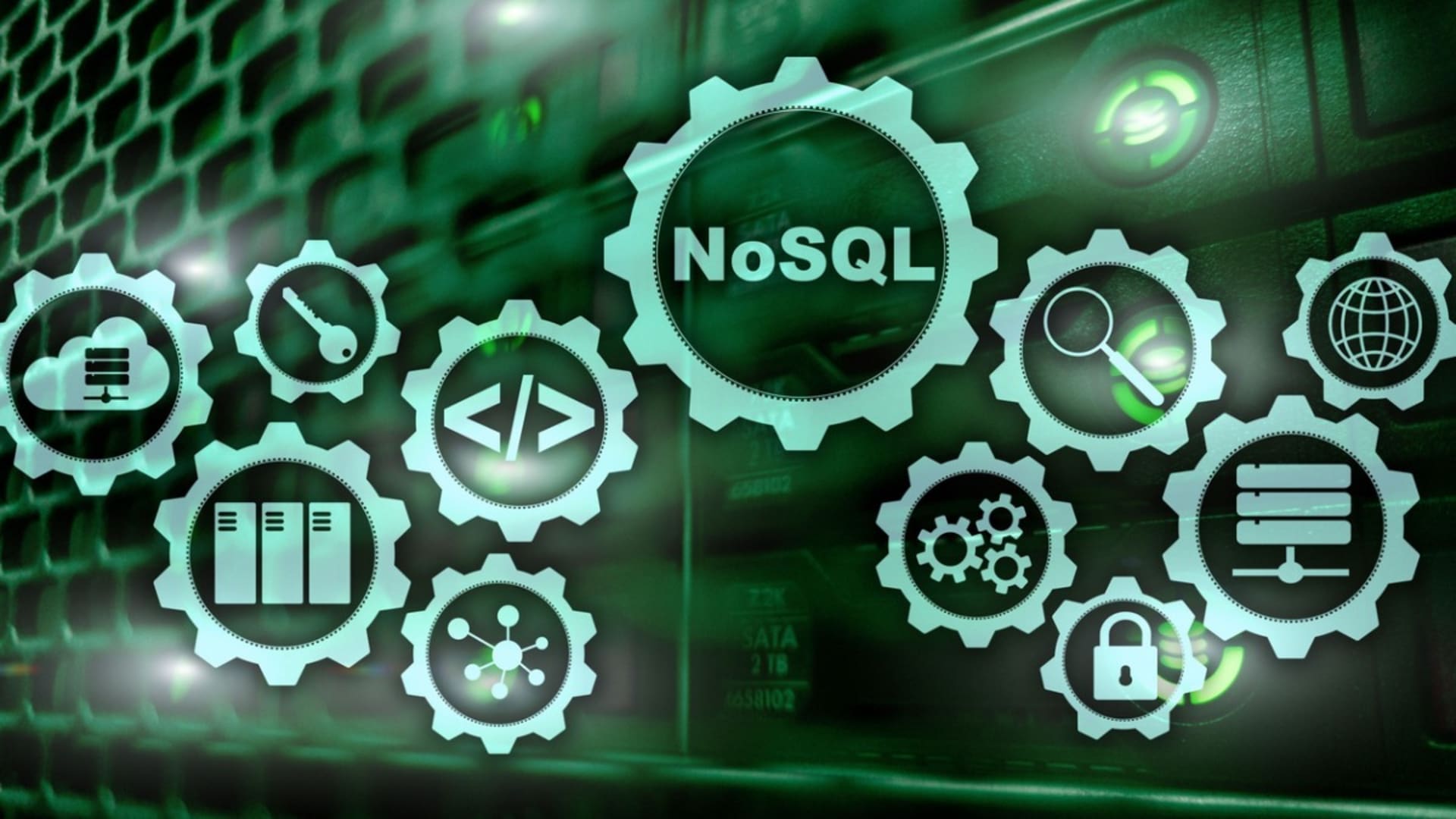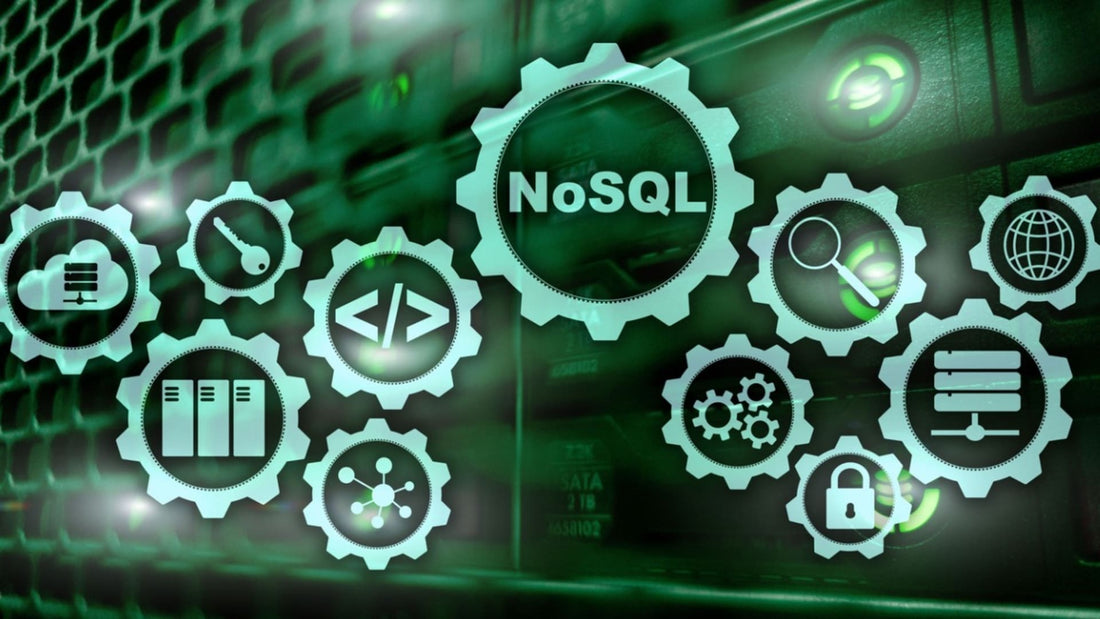Unleash the power of flexible data structures! Learn how to hire qualified NoSQL developers for high-performance, scalable database solutions.

Businesses depend on data. And the bigger the company, the more important the data. In fact, data has become an important driving force for almost every aspect of business. From customer relationship management, marketing, development, quality assurance, trend forecasting, customer feedback, competitor assessment, refinement operations, and even creating new revenue streams, data impacts everything.
You might think that any type of database will work for your business, given the relationship between data and technology. While this may be true for small businesses (where even a spreadsheet can work well), the more you grow, the faster you will discover that only one type of database is suitable for your needs.
This database in question is of the NoSQL type. NoSQL stands for Not SQL or Not Only SQL. In any case, NoSQL is a different type of database than the standard relational type. Relational databases are also very important for business as they tend to power platforms like WordPress, Drupal, Joomla! and Xoops. But NoSQL tends to serve a very different purpose: big data.
So how is it possible that one database is perfectly aimed at applications that many large companies depend on, while another specifically targets big data?
Let's unpack this.
NoSQL Developer Hiring Guide
Moving from the broad importance of data in business to the specifics, it's critical to understand why NoSQL stands out, especially when you're looking to hire developers. Unlike traditional relational databases, NoSQL thrives on flexibility, handling large-scale and dynamic data with ease. This makes it a vital tool for businesses as they grow and their data needs evolve.
Let's dive deeper into what sets NoSQL apart and how it impacts your developer hiring decisions.
Relational Databases vs NoSQL
The first thing we should do is clarify the difference between a relational database and a NoSQL database. The biggest difference between NoSQL and Relational databases is that NoSQL works with a dynamic schema, which allows the use of unstructured data.
This means you can build an application without having to build the database schema first. Consider the following: When building an application with a relational database in mind, you should know that the application will require specific tables with certain rows and columns. Before adding the first piece of data to the database, you must define the schema. Otherwise, you won't be able to add data successfully, which means you won't be able to connect your application to the database.
A NoSQL database, on the other hand, does not require structured data. In fact, data requirements can even change within your application without causing database issues. Since NoSQL databases work with unstructured data, this means they can handle different types of data such as:
- Video clips
- Mobile device activity
- Social media use
- Textual documents
- Images
Therefore, you are not limited to just text-only inputs.
Another difference is that relational databases are vertically scalable, but can have significant associated costs. Scaling a NoSQL database is significantly cheaper and more reliable.
NoSQL databases are best suited for modern applications with complex and constantly changing datasets, especially at scale.
Finally, another big advantage that NoSQL databases have over relational databases is that they can store and process data in real time. Therefore, they are not only more scalable, but also perform considerably better.
How data is stored
Let's take a look at a simple example. Let's say you want to store information in both types of databases for the following:
- I WENT
- First name
- Surname
- Cellphone number
- City
In a relational database, you create a table with rows, as in:
| I WENT | First name | Surname | Cellphone number | City |
Then you have a fight. Now, when you want to add data, you add another row and your table looks like this:
| I WENT | First name | Surname | Cellphone number | City |
| 001 | robin | Good friend | 5551234567 | Boston |
And that's how you build a table with a relational database. In a NoSQL database (like MongoDB), you would create a document that looks like this:
{
“_id”: 001,
“first_name”: “Robin”,
“surname”: “Good companion”,
“cell”: “5551234567”,
“city”: “Boston”
}
Now that you have a fundamental understanding of what a NoSQL database is, what do you need to know to hire those who will develop with these databases? One of the most important things you must understand is that most relational databases use the SQL query language to run queries against a database. With NoSQL databases, there is no “universal” query language. Therefore, your company will have to decide which NoSQL database to depend on.
But it's not just about selecting which NoSQL database you will use, as there are different types of NoSQL databases.
Document-oriented
A document-oriented NoSQL database is designed to store, manage, and retrieve data stored in documents. This is also called a semi-structured database.
Key-value stores
This is the simplest type of NoSQL database. In this type of NoSQL database, each data object is a key-value pair consisting of a name and a value. This is the closest thing you will find to a relational database structure in a NoSQL database (only the database only has 2 columns).
Column-Oriented Databases
A column-oriented database stores everything, as you guessed it, in columns. Columns tend to be of the same type and benefit from a very efficient form of compression, which makes these types of NoSQL databases incredibly fast.
Graph databases
This type of NoSQL database focuses on the relationship between data elements and is optimized for capturing and searching connections between data elements, which overcomes the significant overhead associated with multiple-table JOINs in relational databases. This type of NoSQL database tends to be used alongside relational databases.
Because you have so many choices of NoSQL databases and because there is no universal query language, you should not only first select the NoSQL database you will use, but also hire developers who are familiar with that database query language specific. For example, you wouldn't hire a developer familiar with CouchBase for MongoDB. The CouchBase query language is N1QL, while the MongoDB query language is MQL.
This is a crucial point to consider when hiring any developer who will develop a project that will interact with a NoSQL database.
NoSQL Developer Job Interview Questions
What are some of the most popular NoSQL databases?
- MongoDB, CouchBase, Apache Cassandra, Redis and Apache HBase.
What are the 4 types of NoSQL databases?
- Document-oriented, key-value store, column-oriented, and graph.
What is the difference between horizontal and vertical scaling?
- Horizontal scalability is scaling by adding more machines to a pool of resources.
- Vertical scaling is scaling by adding more power (CPU, RAM) to an existing machine.
Name some of the main advantages that NoSQL databases have over relational databases.
- NoSQL supports semi-structured data.
- NoSQL is schema-independent.
- NoSQL has much higher read/write throughput.
- NoSQL easily scales horizontally.
- NoSQL supports terabytes and petabytes of data.
- NoSQL provides support for business analysis tools.
- NoSQL can be hosted on cheaper hardware.
- NoSQL supports in-memory caching to increase query performance.
- NoSQL offers a much faster development lifecycle.
NoSQL Developer Job Description
We are looking for a talented software engineer with a high-level command of NoSQL databases. You must have a solid understanding of the specific NoSQL database technology we use for application development and data interaction. You will also be responsible for integrating front-end elements created by your coworkers into the database. Therefore, a basic knowledge of front-end technologies is also necessary.
Responsibilities
- Design, build, and maintain efficient and reusable databases and have the skills to query and integrate them effectively with applications.
- Integrate data storage solutions.
- Implement performance and quality modes.
- Identify bottlenecks and bugs and resolve issues.
- Monitor the performance of deployed databases to find ways to improve them.
- Collaborate with cross-functional teams to define and design new features.
- Stay up to date with new technology trends, applications and protocols.
- Help maintain code quality, organization, and automation
- Analyze user requirements to help inform app design.
- Define the application's objectives and functionalities.
- Align app design with business goals and customer needs.
- Produce detailed documentation.
- Recommend changes to existing databases and the infrastructure used to build them.
- Ensure continuous professional self-development.
- Integrate user-facing elements developed by front-end developers with server-side logic.
- Write reusable, testable, and efficient code.
- Design and implement low latency, high availability and performance databases.
- Implement security and data protection.
- Integrate data storage solutions.
Skills and qualifications
- Degree in Computer Science or related field.
- Experience with one or more NoSQL databases.
- Basic understanding of front-end technologies such as HTML5 and CSS3.
- Understanding the principles behind scalable applications.
- Fundamental understanding of version control systems (such as Git).
- Solid problem-solving skills.
- Excellent written and verbal communication.
- Good organizational skills.
- Ability to work as part of a team.
- Attention to the details.
- Understand the nature of asynchronous programming and its peculiarities and workarounds
- A positive attitude.
Conclusion
NoSQL databases are absolutely crucial for large companies that need to work with big data. And hiring developers to work on these databases should start with deciding which NoSQL database to use. Once you've decided on a database, you can begin the process of hiring a developer familiar with the specific query language so they can successfully integrate your applications with your data.




















































